The challenge came after Musk commented on a Twitter post about Zuckerberg’s reported in-development Twitter rival app, Threads.
Category: Elon Musk – Page 70
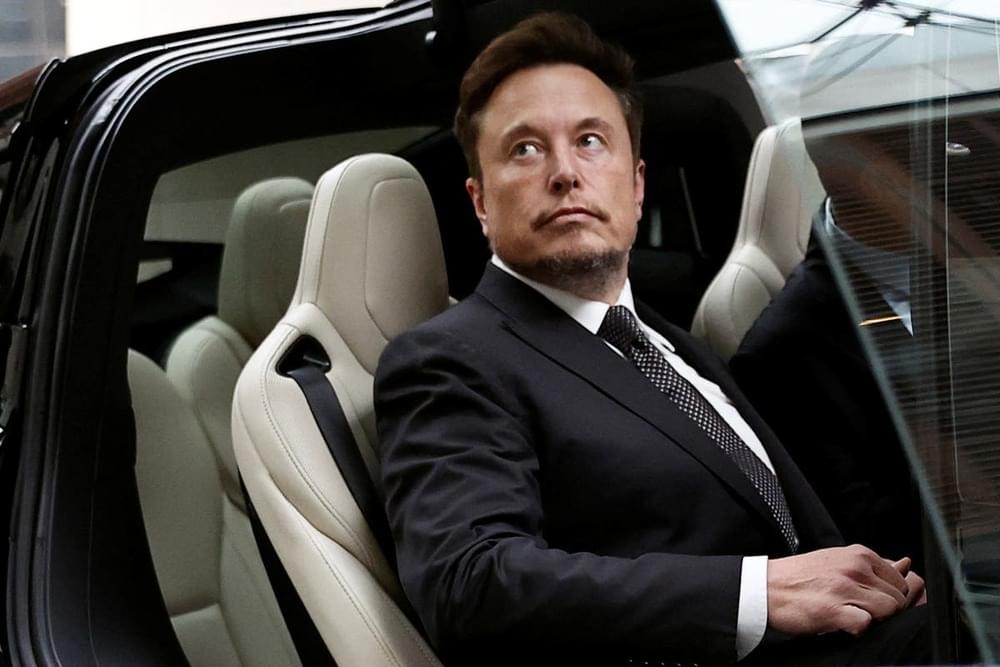

Starlink is One Among Many LEO Constellations Affected by Satellite Signal Jamming
After Russian hackers destroyed Viasat satellite ground receivers spanning Europe, SpaceX provided coverage via Starlink, its Lower Earth Orbit satellite constellation, and soon began noticing cyberattacks and software interferences. Now, a year later, the U.S. Department of Defense announced Russia is still attempting to complicate connections within the satellite constellation and others like it.
Documents were leaked by U.S. National Guard airman Ryan Teixeira, as reported by The Washington Post back in April of 2023. Ukraine has also stated it is experiencing similar security issues.
“Russia’s quest to sabotage Ukrainian forces’ internet access by targeting the Starlink satellite operations that billionaire Elon Musk has provided to Kyiv since the war’s earliest days appear to be more advanced than previously known, according to a classified U.S. intelligence report.”
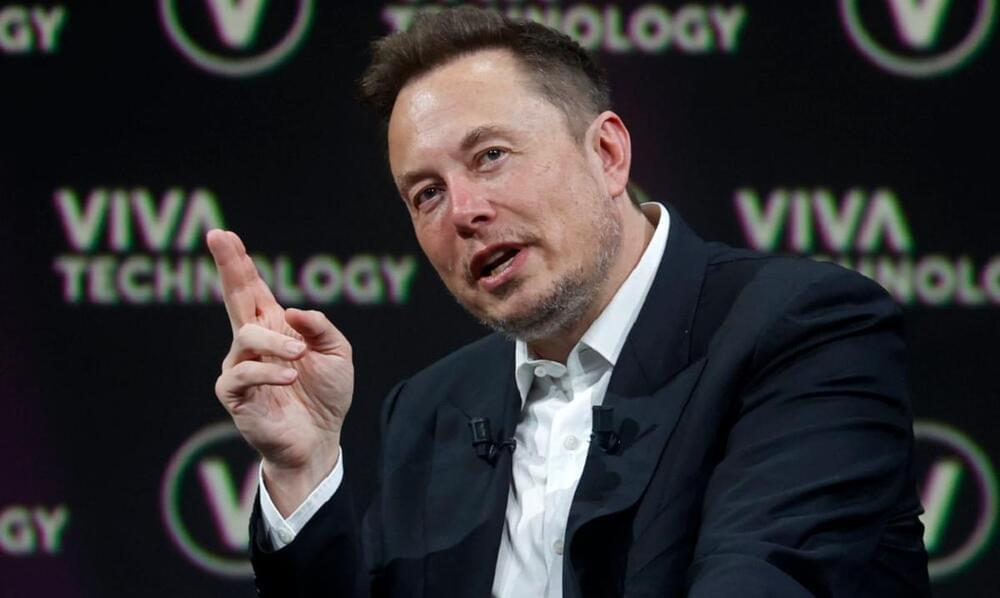
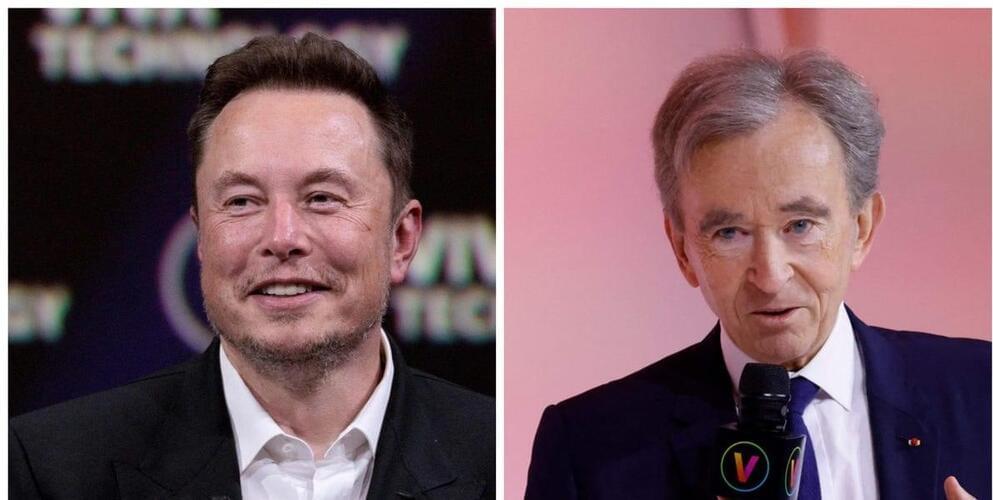
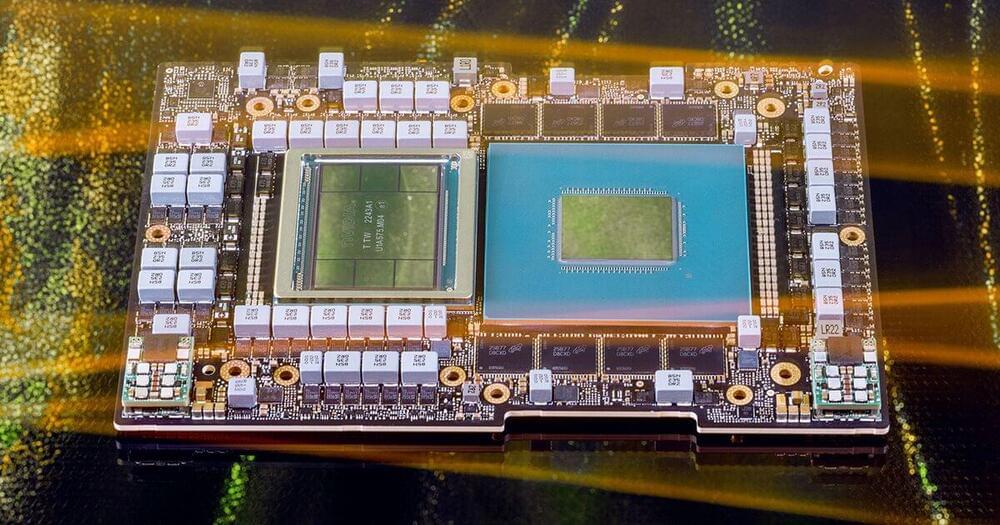
How Nvidia Became ChatGPT’s Brain and Joined the $1 Trillion Club
CEO Jensen Huang’s big bet on AI went from hand-delivering processors to Elon Musk and Sam Altman in 2016 to joining today’s alpha pack of Silicon Valley. He is worth close to $40 billion.
Please make sure your browser supports JavaScript and cookies and that you are not blocking them from loading. For more information you can review our Terms of Service and Cookie Policy.
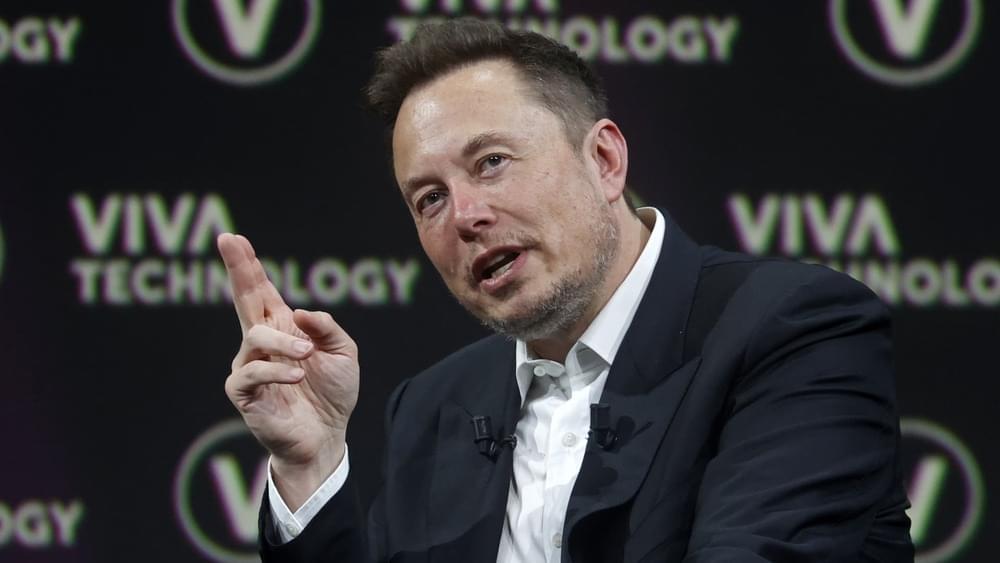
The amazing long history (1826 — 2022) of ELECTRIC CARS!
A great video on the history of electric cars. I love the AI voice. Also notice Tesla was incorporated in July 2003 by Martin Eberhard and Marc Tarpenning as Tesla Motors. The company’s name is a tribute to inventor and electrical engineer. Elon Musk was an investor.
While electric vehicles (EV) have only recently begun to challenge the internal combustion engine (ICE) for the future of our roads, EVs have been around for over a century. The long history of EVs has been one of many twists and turns.
In this video, you can get a clear idea about the birth, the downfall, rebirth and the rise of electric cars around the world.
Due to this rise of electric mobility, many vehicle manufacturers have stated their intentions to stop IC Engine car sales in certain locations and go electric. For example, GM plans to stop making gasoline passenger cars, vans, and SUVs by 2035. Cadillac, Honda, Jaguar Land Rover, Mercedes, Mini, Volvo, and Volkswagen have all made similar commitments.
Whilst we may not know exactly what the future holds, together these factors point to a bright future for electric mobility.
To instantly view good quality videos related to sustainable living, nature, energy and climate change, subscribe to Eco snooki now.
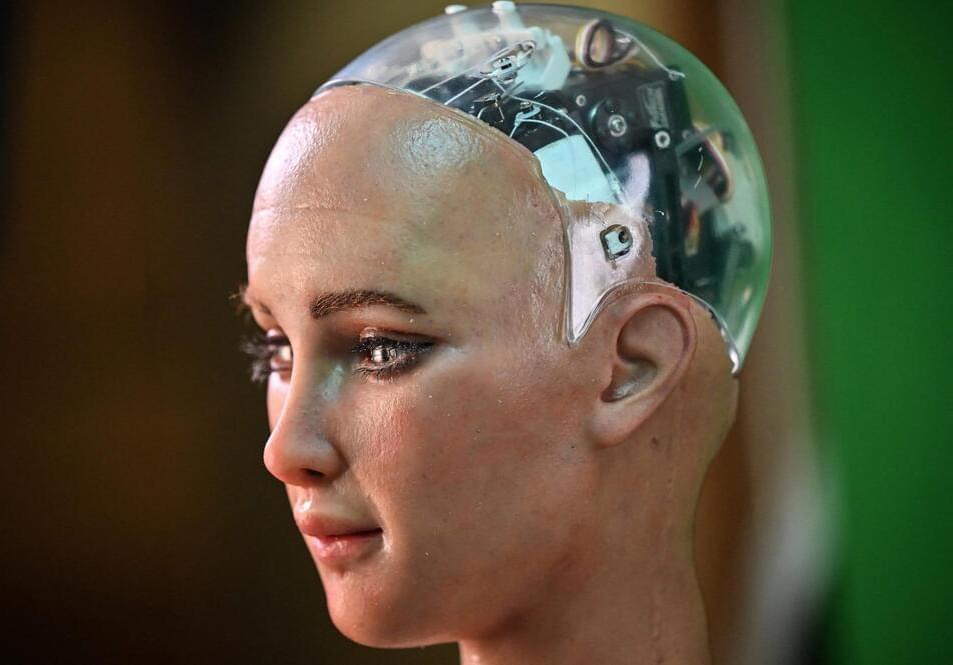
Eliminating Death Doesn’t Mean Life Will Get Boring
In my new Newsweek Op-Ed, I tackle a primary issue many people have with trying to stop aging and death via science. Hopefully this philosophical argument will allow more resources & support into the life extension field:
Philosophers often say if humans didn’t die, we’d be bored out of our minds. This idea, called temporal scarcity, argues the finitude of death is what makes life worth living. Transhumanists, whose most urgent goal is to use science to overcome biological death, emphatically disagree.
For decades, the question of temporal scarcity has been debated and analyzed in essays and books. But an original idea transhumanists are putting forth is reinvigorating the debate. It doesn’t discount temporal scarcity in biological humans; it discounts it in what humans will likely become in the future—cyborgs and digitized consciousnesses.
The traditional temporal scarcity argument against immortality imagines the human being remaining biologically the same as it has for tens of thousands of years. Yet the human race is already augmenting the human body with radical technology. Globally, over 200,000 people already have brain implants, and Silicon Valley companies like Elon Musk’s Neuralink are working on trying to get millions of us to become cyborgs.
A growing number of experts even believe by the end of the century, humans will likely have the ability to upload the brain and its consciousness into a computer. In the process, digitized people will overcome biological death and engage in far more complex ways of being, including grand new designs of consciousness and selfhood.
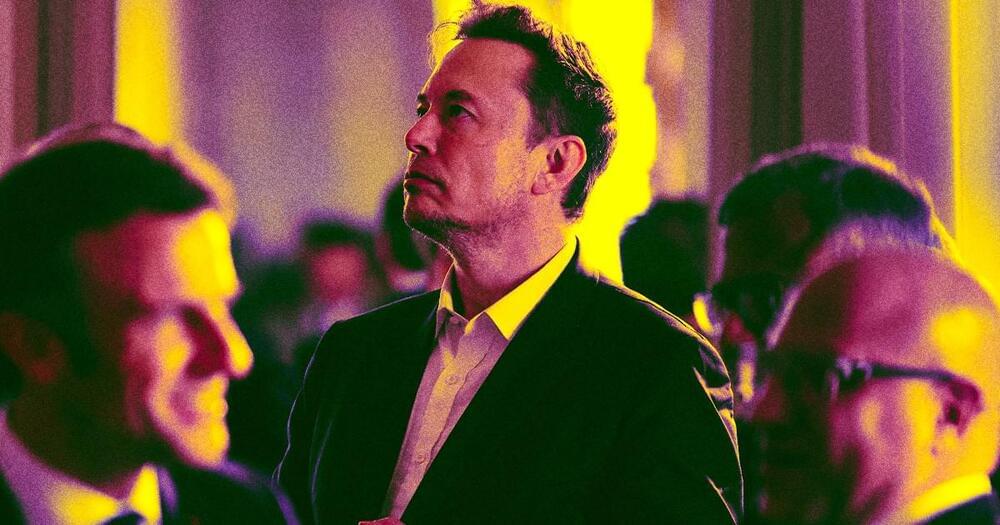
Elon Musk Expresses Interest in Planet Four Light-Years Away
He hasn’t even made it to Mars yet, and SpaceX CEO Elon Musk’s wandering eye is already on a new planet — this one completely outside our star system.
Over the weekend, Musk seemed to ideate on the prospect of visiting the relatively nearby Promixa Centauri B, an exoplanet that sits a little over four light-years away in Alpha Centauri, the star system that James Cameron’s “Avatar” franchise is based on. First discovered back in 2016, Proxima B is believed to be particularly viable as a potentially life-supporting world, and it looks like Musk is paying attention.
“Practically next door,” the Twitter owner tweeted on Sunday, in response to a tweet featuring a Space Academy blog post about the tantalizing planet.